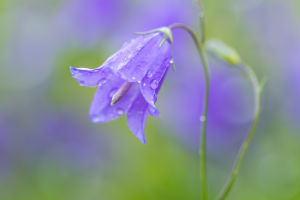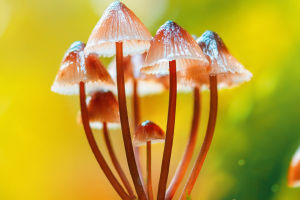Strelitzia Reginae
Strelitzia reginae, also known as the bird of paradise, is a striking and hardy plant native to South Africa.
Its exotic, bird-like flowers and large, banana-like leaves make it a favorite in gardens and homes worldwide.
However, to maintain its beauty and ensure healthy growth, regular pruning is essential.
Pruning the bird of paradise may seem intimidating due to its size and structure, but with the right approach, it can be a straightforward process that encourages better flowering and plant health. Here’s a guide on how to properly prune Strelitzia reginae.
Why Prune Strelitzia reginae?
Pruning Strelitzia reginae is important for several reasons:
1. Healthier Growth: Removing dead or damaged leaves helps prevent the spread of diseases or pests and encourages the plant to focus its energy on producing new, healthy growth.
2. Promote Flowering: Strelitzia reginae tends to bloom more vigorously when regularly pruned. The flowers grow from thick stems that can become crowded or smothered if not maintained.
3. Aesthetics: Regular pruning keeps the plant looking neat and well-shaped, especially since its leaves can become quite large and potentially overtake surrounding space.
Tools Required for Pruning
Before you begin pruning, gather the necessary tools:
1. Sharp, clean pruning shears: It’s crucial to use sharp tools to make clean cuts, reducing the risk of damaging the plant.
2. Disinfectant or rubbing alcohol: Clean the shears before and after pruning to prevent spreading any plant diseases.
3. Gloves: The leaves can be tough and fibrous, so gloves will protect your hands.
When to Prune Strelitzia reginae
Bird of paradise plants don’t require frequent pruning, but you should aim to prune them at least once or twice a year. The best times to prune are:
1. Early spring: Pruning in the spring prepares the plant for its main growing season and helps encourage fresh growth and flowering.
2. Post-flowering: After the flowering season, you can trim back old flower stalks and any leaves that have become unsightly.
Step-by-Step Pruning Process
1. Remove Dead or Damaged Leaves
Start by inspecting the plant for dead, damaged, or diseased leaves. These leaves often turn yellow, brown, or become brittle. Removing them helps the plant divert its energy toward healthier leaves and flower production.
Cutting Technique: Make clean cuts close to the base of the plant, where the leaf stem meets the main trunk. Be careful not to cut into healthy tissue.
2. Trim Old Flower Stalks
Once the vibrant flowers have faded, the stalks should be pruned to encourage the plant to focus on new blooms.
Cutting Technique: Using your shears, cut the old flower stalk as close to the base as possible without damaging surrounding leaves or new growth.
3. Thin Out Crowded Areas
Strelitzia reginae has a habit of producing many large leaves, which can lead to overcrowding. When leaves are too tightly packed, airflow is restricted, which may lead to fungal growth. To prevent this, remove some of the older leaves that may be shading or crowding new ones.
Cutting Technique: Look for the older, outer leaves and prune them back at the base. Leave the newer, inner leaves to maintain the plant’s overall structure and growth.
4. Rejuvenation Pruning (For Neglected Plants)
If your bird of paradise has been neglected and looks overgrown or unhealthy, rejuvenation pruning can help restore its health. This involves cutting back more aggressively to stimulate new growth.
Cutting Technique: In severe cases, you may cut back the entire plant to around 30 cm (12 inches) above the ground. This will encourage fresh shoots to grow. However, rejuvenation pruning should only be done if necessary, as it can take time for the plant to recover.


